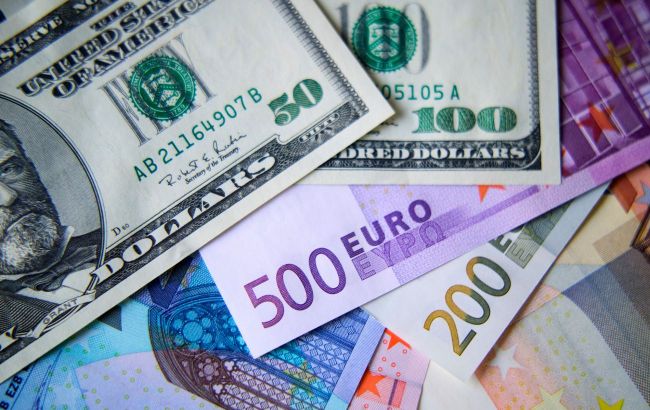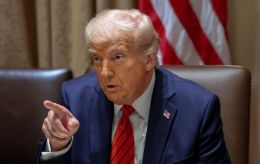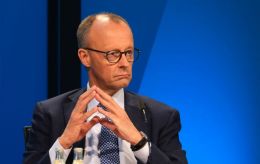$300–350 billion in frozen Russian assets to fund Ukraine reparations — Reuters
 Photo: Moscow's frozen assets to be used for reparations to Ukraine (Getty Images)
Photo: Moscow's frozen assets to be used for reparations to Ukraine (Getty Images)
The EU is preparing a new mechanism to help Ukraine use Russian assets. This involves a reparations loan that will only be repaid after payments from Russia, according to Reuters.
Russia's frozen assets
After Russia invaded Ukraine in 2022, the US and its allies banned transactions with the Central Bank of Russia and the Ministry of Finance. As a result, assets worth up to $250 billion were frozen in the European Union.
The Central Bank of Russia previously confirmed that a total of about $300-350 billion had been blocked. These funds include foreign exchange reserves, gold, and government bonds, about half of which were held in the West.
Most of the assets are concentrated in Europe, many of which have already been converted into cash and are held in the Belgian depository Euroclear. The Russian Central Bank has not published accurate data on the structure of the frozen funds.
Currencies and investments of Russia
As of early 2022, the Central Bank of Russia held assets in euros worth about $207 billion, in US dollars worth $67 billion, and in pounds sterling worth $37 billion.
In addition, the reserves included 36 billion yen, 19 billion Canadian dollars, 6 billion Australian dollars, and 1.8 billion Singapore dollars.
Approximately 1 billion Swiss francs were also held. These assets were invested in securities, deposits, and correspondent accounts. The largest investments were in sovereign bonds of China, Germany, France, the United Kingdom, Austria, and Canada.
Russia kept its gold and foreign exchange reserves within the country. Investments in yuan are held in China.
European Union's plan
The EU is discussing the idea of using frozen Russian assets to provide Ukraine with a reparations loan. This loan will only be repaid after Ukraine receives compensation from Russia.
The scheme involves replacing Russian assets with zero-coupon bonds issued by the European Commission. This mechanism could be implemented by a coalition of individual EU countries to avoid a possible veto by Hungary.
Previously, interest on the assets was used to service Ukraine's $50 billion loan. However, the amount of interest accrued has begun to decline.
Risks and concerns
According to Euroclear, as of June 30, it held €194 billion in Russian assets, which generated €2.7 billion in interest for the first half of 2025. For comparison, during the same period in 2024, €3.4 billion in interest was received from €173 billion in assets.
A number of bankers have warned that the precedent of confiscating sovereign assets could undermine confidence in Western government bonds. The Belgian authorities have also pointed out that this could lead to lawsuits against Euroclear and even trigger a financial crisis.
Euroclear said it was aware of the European Commission's proposal and was awaiting further information.
The European Commission intends to take into account the International Monetary Fund's assessment of Ukraine's financial needs for the next two years when determining the amount of reparations from Russian assets.
According to Bloomberg, Ukraine and the IMF have agreed to increase financing needs by the end of 2027 from $38 billion to $65 billion.

